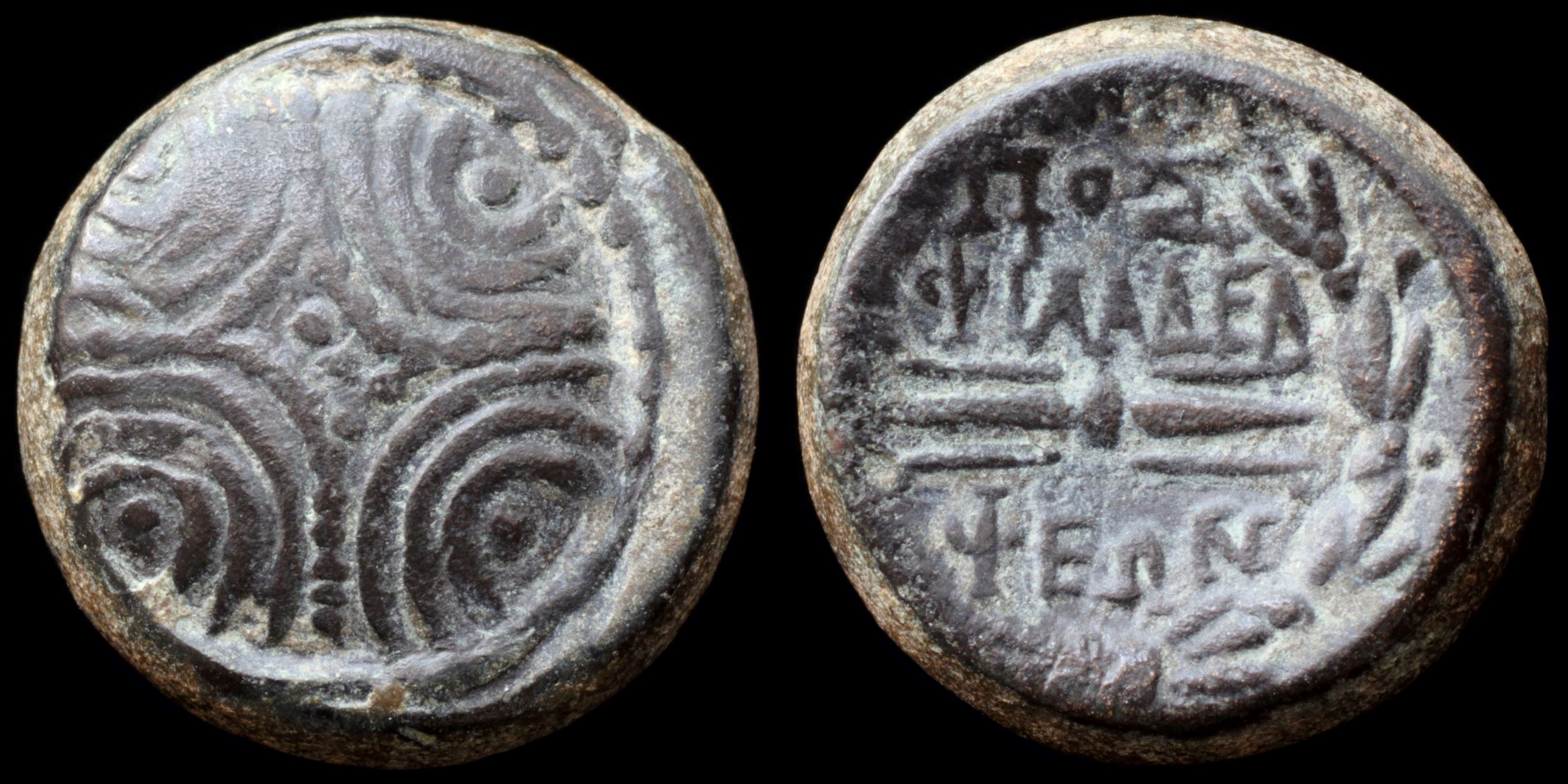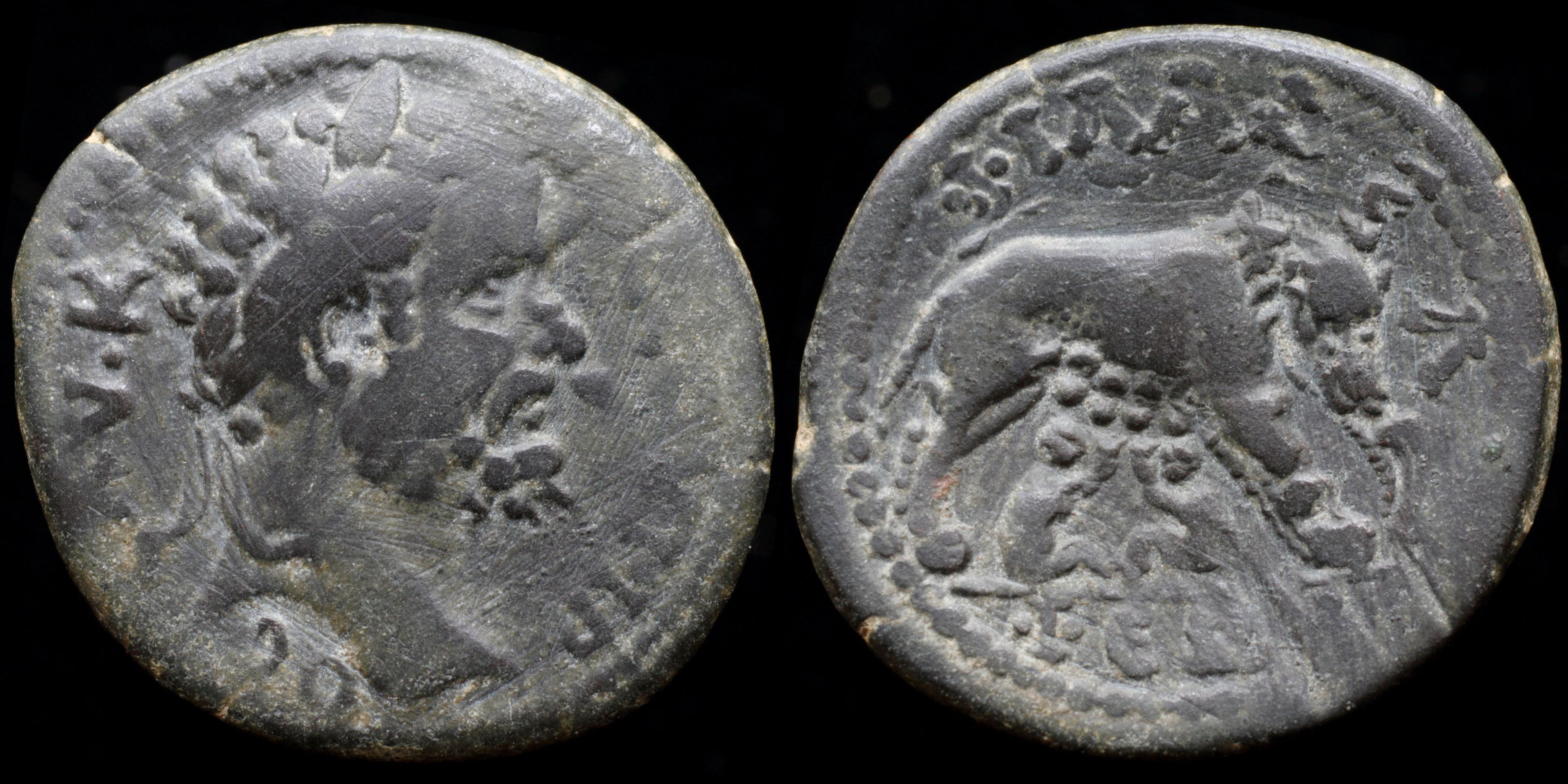Philadelpheia was established in 189 BC by King Eumenes II of Pergamon. Eumenes II named the city for the love of his brother, who would be his successor, Attalus II, whose loyalty earned him the nickname, "Philadelphos", literally meaning "one who loves his brother".
It was in the administrative district of Sardis. In AD 17, the city suffered badly in an earthquake, and the Roman emperor Tiberius relieved it of having to pay taxes. A small theater located at the northern edge of Toptepe Hill is all that remains of Roman Philadelphia.
As a Byzantine city, it was called the "little Athens" in the 6th century AD because of its festivals and temples. It was the center of several revolts against ruling Byzantine emperors- in 1182, led by John Komnenos Vatatzes, and 1188–1205 or 1206, led by Theodore Mangaphas, a local Philadelphian, against Isaac II Angelos. By the 14th century, the city was surrounded by Turkish emirates but maintained nominal allegiance to the Byzantine emperor until conquered by Timur.
It was in the administrative district of Sardis. In AD 17, the city suffered badly in an earthquake, and the Roman emperor Tiberius relieved it of having to pay taxes. A small theater located at the northern edge of Toptepe Hill is all that remains of Roman Philadelphia.
As a Byzantine city, it was called the "little Athens" in the 6th century AD because of its festivals and temples. It was the center of several revolts against ruling Byzantine emperors- in 1182, led by John Komnenos Vatatzes, and 1188–1205 or 1206, led by Theodore Mangaphas, a local Philadelphian, against Isaac II Angelos. By the 14th century, the city was surrounded by Turkish emirates but maintained nominal allegiance to the Byzantine emperor until conquered by Timur.
Modern location: Alaşehir, Turkey
(1)
Philadelpheia

An
AE
unit
struck 200-1 BC
in
Philadelpheia
Obverse: Macedonian shield (4 symetry)
Reverse: Winged thunderbolt, all within laurel wreath; EPMIΠ / ΠΩΣ / ΦΙΛΑΔΕΛ // ΦΕΩΝ
Diameter:
13 mm
Die Orientation: -
Weight: 4.9 g
Die Orientation: -
Weight: 4.9 g
Hermippos magistrate
SNG Copenhagen 342; BMC 187.1-4var (Magistrat), Imhoof-Blumer, Lydien 9var (Rv.-Leg.), SNG von Aulock 3060; SNG München 396-397

An
AE
unit
struck 193-211 AD
in
Philadelpheia
Obverse: laureate head right; AY·K_AI·CЄOYHP_OC
Reverse: she-wolf right, head turned left, suckling Romulus and Remus; ΦIΛAΔEΛ / ΦEΩN
Diameter:
24 mm
Die Orientation: -
Weight: 5.7 g
Die Orientation: -
Weight: 5.7 g
No notes for this coin
BMC 200.77.
